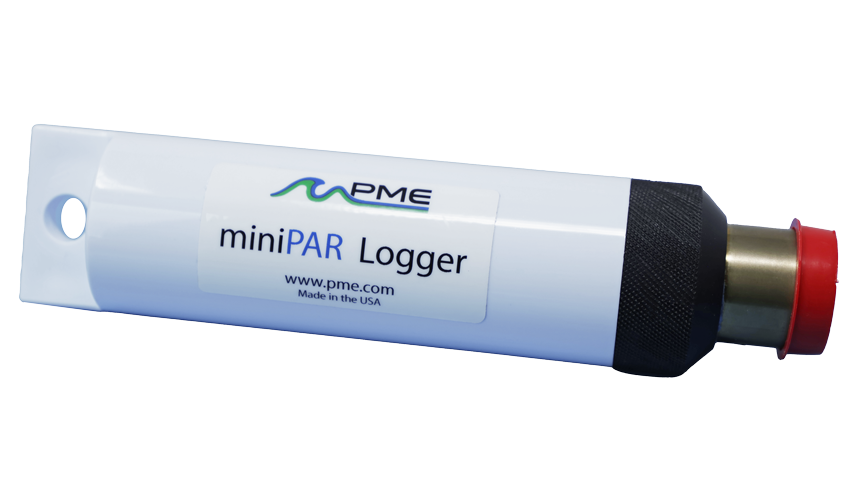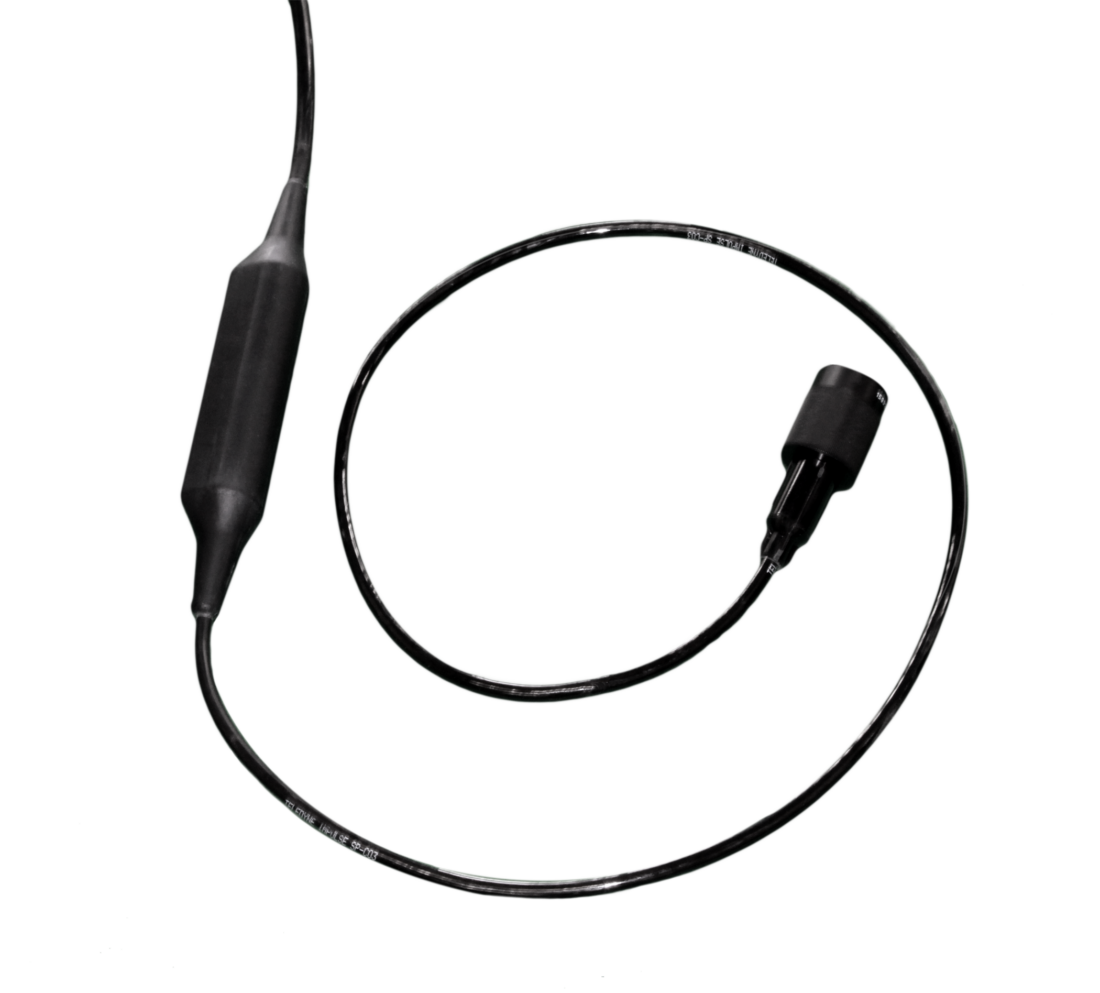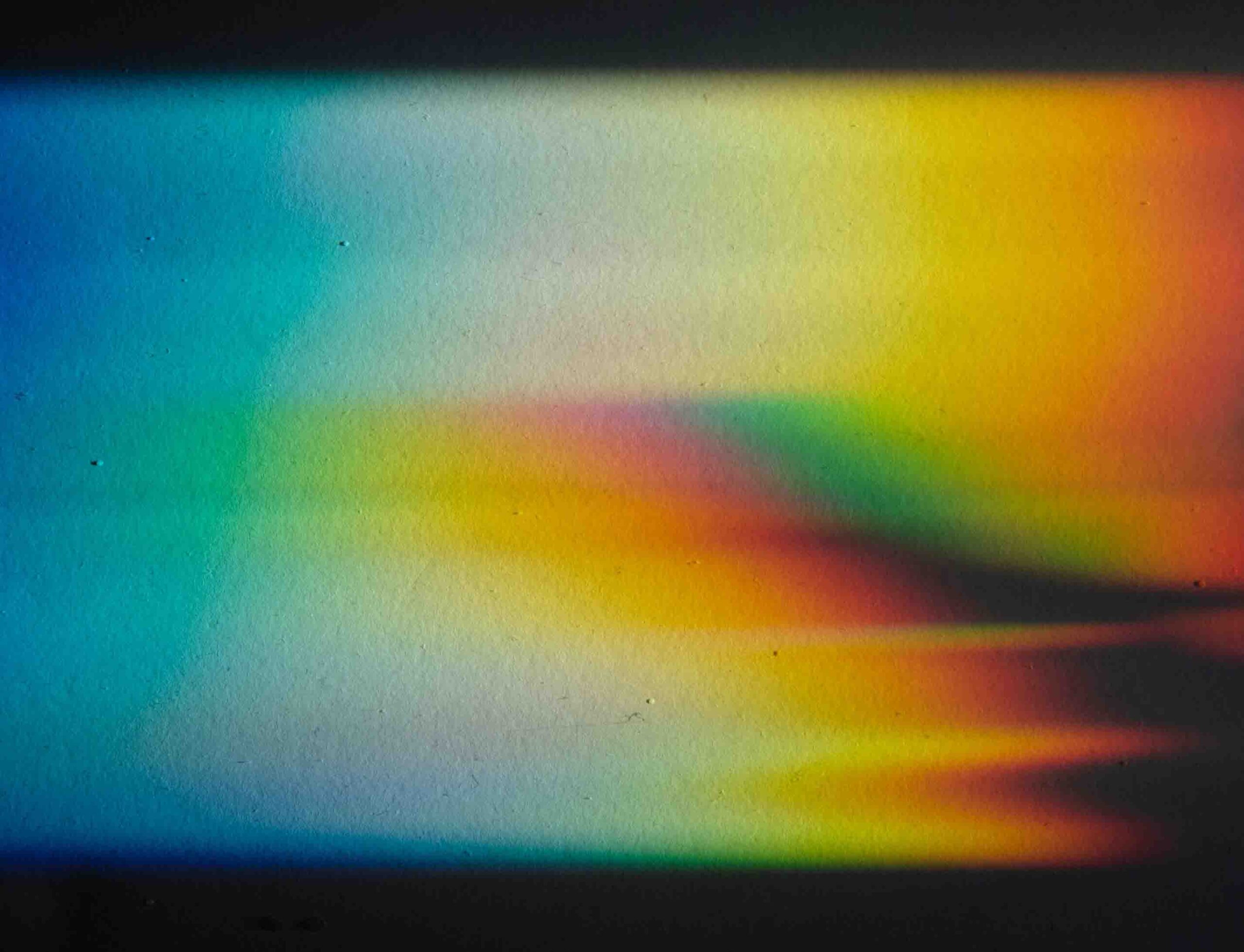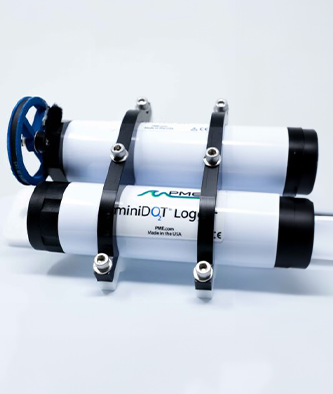Water Quality Parameters
Photosynthetically Active Radiation (PAR)
What is Photosynthetically Active Radiation (PAR)?
Photosynthetically Active Radiation, more commonly known as PAR, refers to the range of light wavelengths that plants require to conduct photosynthesis. Wavelengths between 400 – 700 nm (nanometers) are ideal for plant growth. While PAR offers plants optimal light conditions for photosynthesis, constant exposure to PAR wavelengths can have adverse effects. Just as overeating can make a person sick, too much sun exposure can result in photoinhibition, or sun damage, within plants. PAR is ecologically significant in and out of aquatic systems, both as a source of nutrition and a stressor; however, differences in water properties have an acute effect on PAR intensity.
How is PAR Measured in Water?
Because light can only penetrate so far through water, most PAR measurements are taken in the sunlight zone. This zone has been ascribed several names, including the photic zone, euphotic zone and epipelagic zone, but it is always defined by aquatic organisms’ capacity to support photosynthesis. The sunlight zone can range from immediately below the water’s surface to roughly 200 meters in depth. Devices like PME’s miniPAR logger gauge the density of PAR wavelengths, or photosynthetic photon flux density (PPFD), in μmol cm−2 s−1, with a sensitivity of roughly 4 μA per 1000 μmol cm−2 s−1.
What is the Significance of PAR in Water?
As light bends and reflects in clear waters, PAR can intensify and register more powerfully than it does outside of the water. Conversely, the same atmospheric PAR diffusing through murky waters can fail to adequately support aquatic plant life in that area. Accurately gauging the intensity of PAR in waterbodies can reveal details about the quality of water in a given area as PAR impacts rates of carbon dioxide and oxygen gas exchange, chlorophyll content of aquatic flora and the very photosynthetic apparatus which plants depend on to generate their food. Naturally, understanding PAR is also an important link to understanding the trophic interactions taking place across aquatic environments.
Products Measuring Photosynthetically Active Radiation (PAR)

miniPAR





